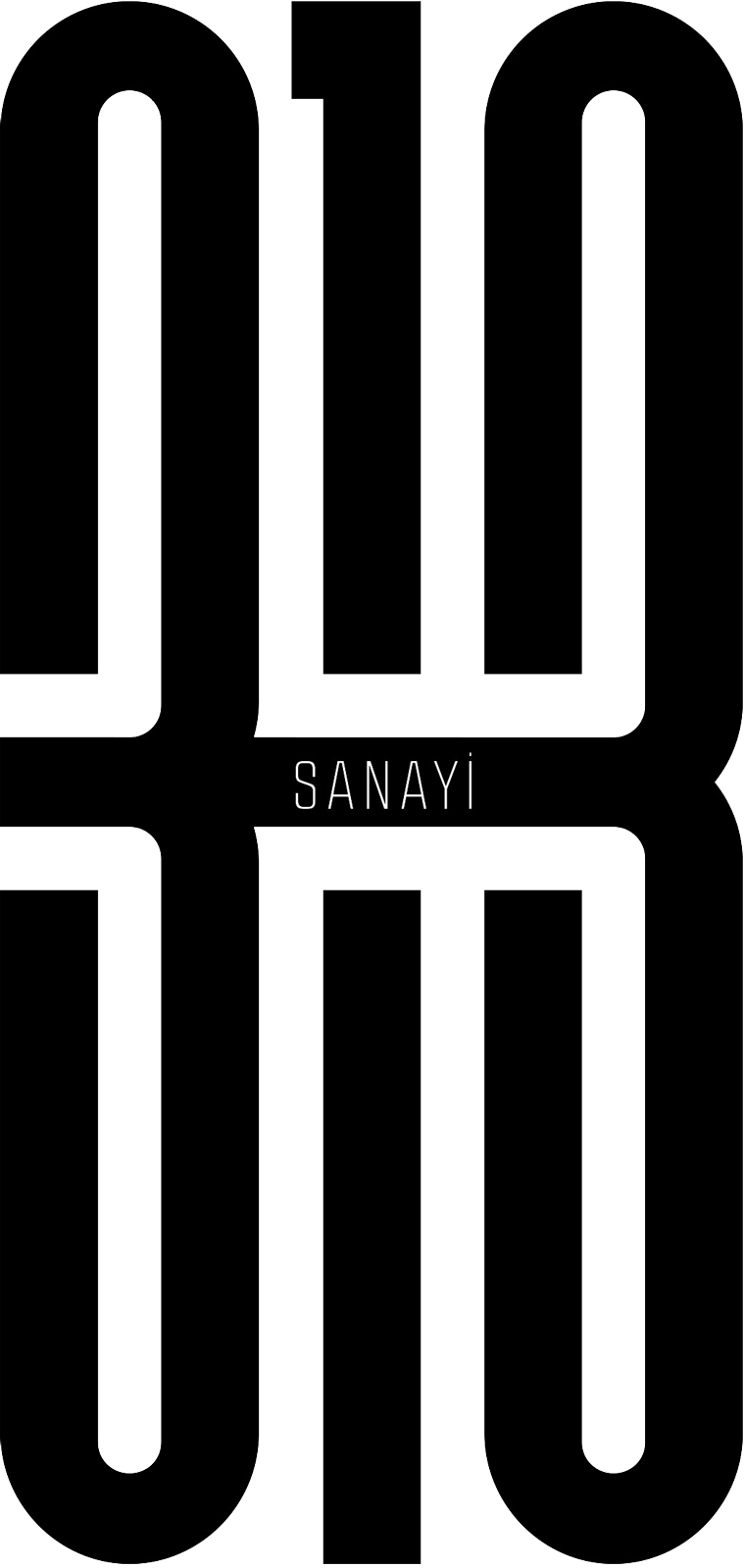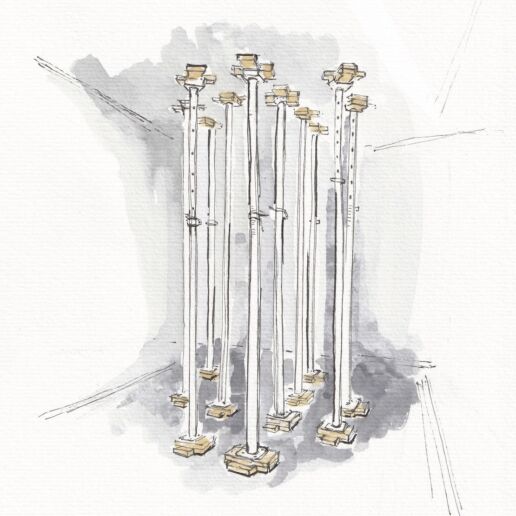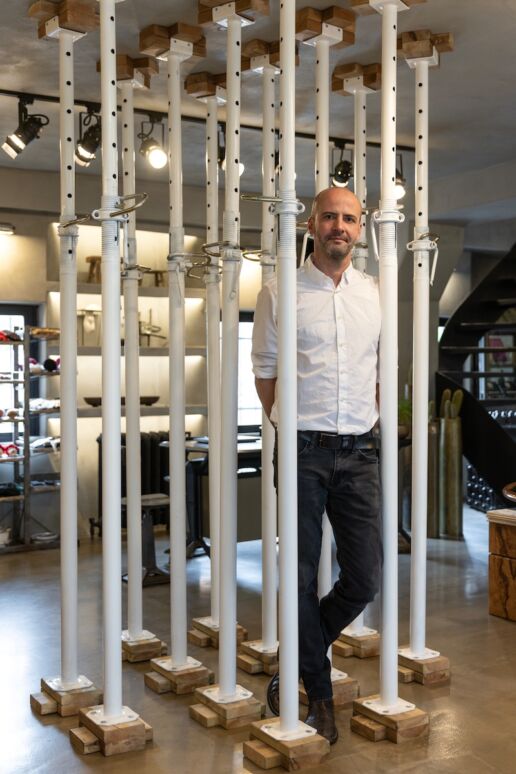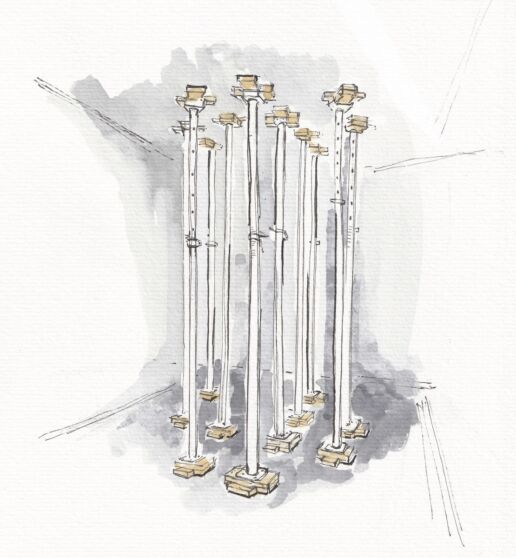SANAYI313’S NEW GUEST: SINAN LOGIE
Sinan Logie is known for his multidisciplinary approach to architectural practice, blending painting, sculpture, mixed media installations, and even writing. Logie spoke with PAPER about the installation he created for the Sanayi313 space based on a load-bearing architectural component that offers a glimpse into the possibilities of endless repetition.Photography Nazlı Erdemirel
PAPER: I keep a close eye on your work about Istanbul and urban problems. How would you define Sanayi313, considering its location and how it functions? What role does the Sanayi313 concept play in the city of Istanbul?
Sinan Logie: You are in the heart of Maslak Industrial Estate, surrounded by car repair shops and garages. In terms of location, Sanayi313 offers an unusual opportunity to diversify this area. It is also part of a network of artists’ workshops and art venues that have moved here in recent years. Sanayi313 is a part of our ever-evolving and ever-transforming megapolis.
P: Your installation for Sanayi313 bears similarities to “Telescopic Feet” featured in your “Spatial Situations” exhibition back in 2019. What made you associate it with Sanayi313?
S: I like to use industrial objects and construction materials in my art. They have the tendency to create tension between different disciplines and invite the audience to look at the world from a different perspective. I feel Sanayi313’s building and its philosophy have a lot in common with my approach.
P: Beyond its architectural function, the installation also delivers a visual message. The geometry used in the layout of the pillars looks like a cross from one angle and a cage from another. What made you choose that formal direction? How did Sanayi313’s DNA inspire you?
S: That’s very true. The installation is based on what architects call the ‘Greek cross plan’. This structural form has been used in temples all over the world. For example, the Greek cross plan is used to support a dome. My inspiration here is the Parhenon mosque; a small mosque that once stood inside the Parthenon in Athens while the city was under Ottoman rule. From this perspective, Sanayi313 could be a Parthenon or a temple within a temple.
P: How did you approach the design of this installation for Sanayi313? And to what extent did you interact with Enis Karavil during the creative process?
S: Enis Karavil is a visionary collector who supports my artistic work. We also have a friendship that goes back many years. I’m an artist with an architectural background, and I enjoy following Enis’s architectural work. So, the evolution of the project was quite fluid.
P: I know that one of your paintings is also on its way to Sanayi313. Is it clear which one it will be? Will it have a connection with the installation?
Q: Yes, I’m working on an oil on canvas painting of the installation specifically for this space – and I can’t wait to see it on display.





